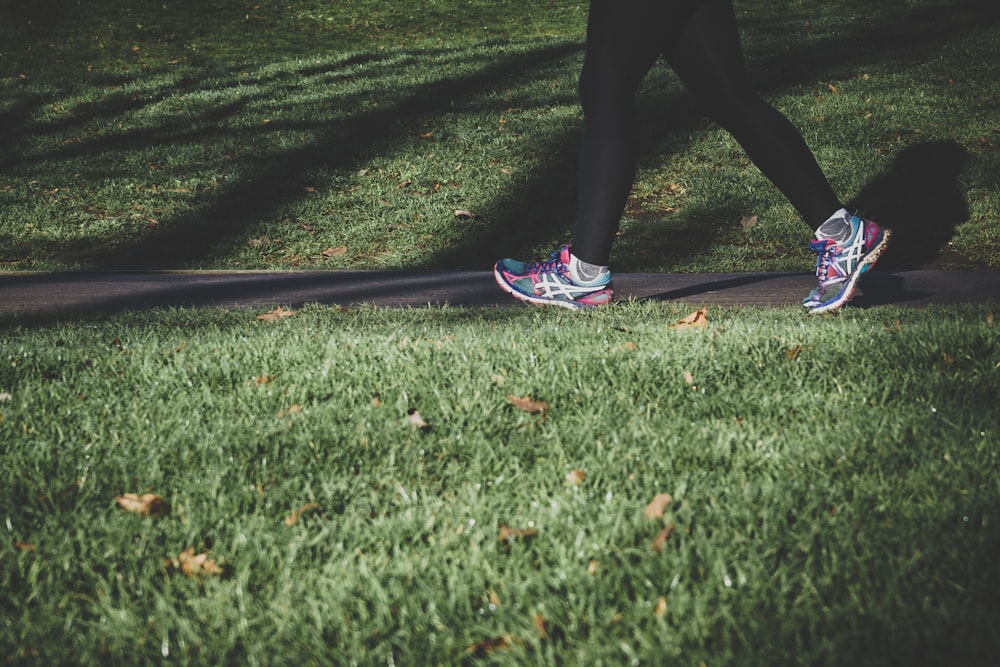目次
損傷側によっても脳卒中症例の歩行速度に関連する要因が異なる?
脳卒中症例に対するリハビリテーションのアウトカムの1つとして歩行速度が挙げられます.
歩行速度の改善を目的としてさまざまな介入が行われますが,歩行速度に関連する因子もさまざまです.
しかしながら歩行速度に関連する因子を考える場合には損傷側の影響ってどうなのでしょうか?
今回は損傷側によっても脳卒中症例の歩行速度に関連する要因が異なるのかどうかを考えるうえで参考になる論文をご紹介させていただきます.

今回ご紹介する論文
ORIGINAL RESEARCH article
Front. Bioeng. Biotechnol., 19 March 2024
Sec. Biomechanics
Volume 12 – 2024 | https://doi.org/10.3389/fbioe.2024.1240339Differences in kinetic factors affecting gait speed between lesion sides in patients with stroke
Yusuke Sekiguchi
今回ご紹介する論文は2024年に掲載された論文です.
研究の目的
The differences in kinetic mechanisms of decreased gait speed across brain lesion sides have not been elucidated, including the arrangement of motor modules reflected by kinetic interjoint coordination. The purpose of this study was to elucidate the differences in the kinetic factors of slow gait speed in patients with stroke on the lesion sides.
脳病変側における歩行速度低下の運動学的機序の違いについては運動学的関節間協調に反映される運動モジュールの配置を含めて解明されておりません.
この研究では脳卒中症例の病変側における歩行速度低下の運動学的要因の違いを明らかにすることを目的としております.
研究の方法
A three-dimensional motion analysis system was employed to assess joint moment in the lower limb and representative gait parameters in 32 patients with right hemisphere brain damage (RHD) and 38 patients with left hemisphere brain damage (LHD) following stroke as well as 20 healthy controls. Motor module composition and timing were determined using principal component analysis based on the three joint moments in the lower limb in the stance phase, which were the variances accounted for principal components (PCs) and the peak timing in the time series of PCs. A stepwise multiple linear regression analysis was performed to identify the most significant joint moment and PC-associated parameter in explaining gait speed.
脳卒中後の右半球脳損傷(RHD)例32例と左半球脳損傷(LHD)例38例,および健常対照者20例を対象に,3次元動作解析システムを用いて下肢の関節モーメントと代表的な歩行パラメータを評価しております.
運動モジュールの構成とタイミングは,立脚相における下肢の3つの関節モーメント(主成分(PC)に占める分散とPCの時系列におけるピークタイミング)に基づいて主成分分析を用いて決定しております.
ステップワイズ重回帰分析を行い,歩行速度を説明する上で最も有意な関節モーメントとPC関連パラメータを同定しております.
研究の結果
A negligible difference was observed in age, weight, height, and gait speed among patients with RHD and LHD and controls. The following factors contributed to gait speed: in patients with RHD, larger ankle plantarflexion moment on the paretic (p = 0.001) and nonparetic (p = 0.002) sides and ankle dorsiflexion moment on the nonparetic side (p = 0.004); in patients with LHD, larger ankle plantarflexion moment (p < 0.001) and delayed peak timing of the first PC (p = 0.012) on the paretic side as well as ankle dorsiflexion moment on the nonparetic side (p < 0.001); in the controls, delayed peak timing of the first PC (p = 0.002) on the right side and larger ankle dorsiflexion moment (p = 0.001) as well as larger hip flexion moment on the left side (p = 0.023).
年齢,体重,身長,歩行速度において右半球脳損傷,左半球脳損傷と対照群との間に無視できるほどの差が観察されました.
右半球脳損傷例では麻痺側(p=0.001)と非麻痺側(p=0.002)で足関節底屈モーメントが大きく,非麻痺側で足関節背屈モーメントが大きく(p=0.004),左半球脳損傷例では麻痺側で足関節底屈モーメントが大きく(p<0. 001),麻痺側の第1PCのピークタイミングの遅れ(p=0.012),非麻痺側の足関節背屈モーメント(p<0.001),対照群では右側の第1PCのピークタイミングの遅れ(p=0.002),足関節背屈モーメントの大きさ(p=0.001),左側の股関節屈曲モーメントの大きさ(p=0.023)でありました.
研究の結論
The findings suggest that the kinetic mechanisms of gait speed may differ among patients with RHD following patients with stroke with LHD, and controls.
今回の研究結果から歩行速度の運動学的メカニズムは左半球脳損傷例を伴う脳卒中と右半球脳損傷例と対照群では異なる可能性が示唆されました,
今回は損傷側によっても脳卒中症例の歩行速度に関連する要因が異なるのかどうかを考えるうえで参考になる論文をご紹介させていただきました.
今回の結果から考えると損傷側によっても歩行速度に関連する要因は異なる可能性がありますね.






